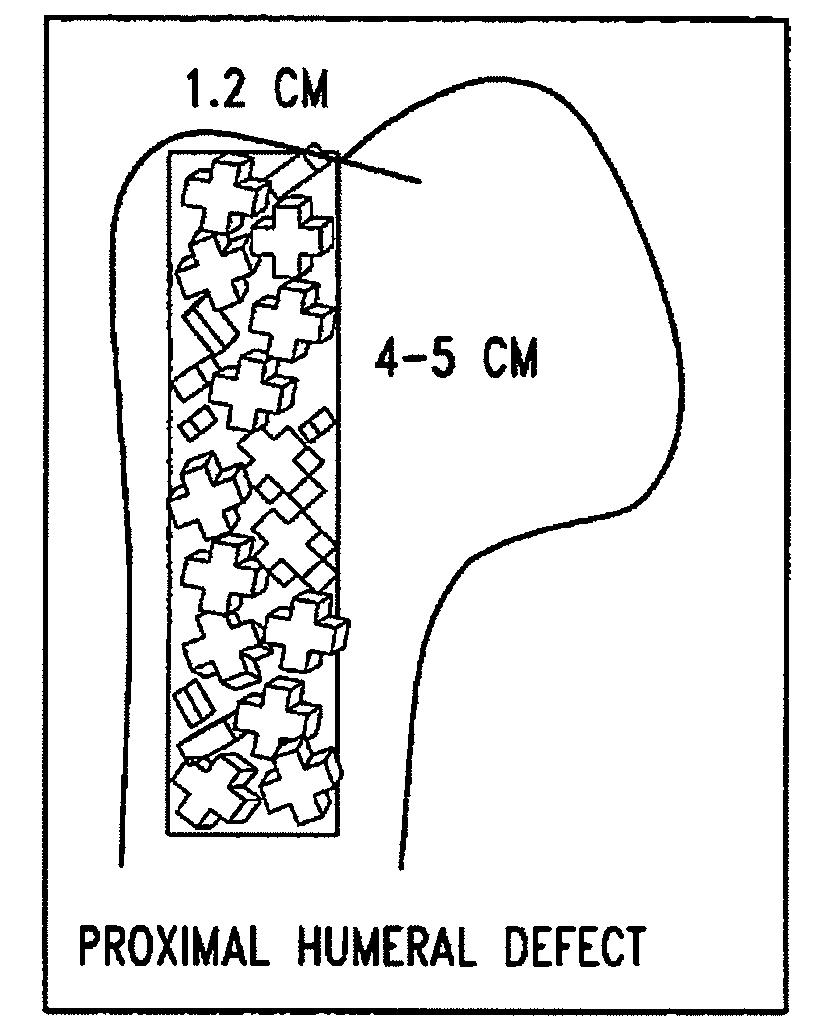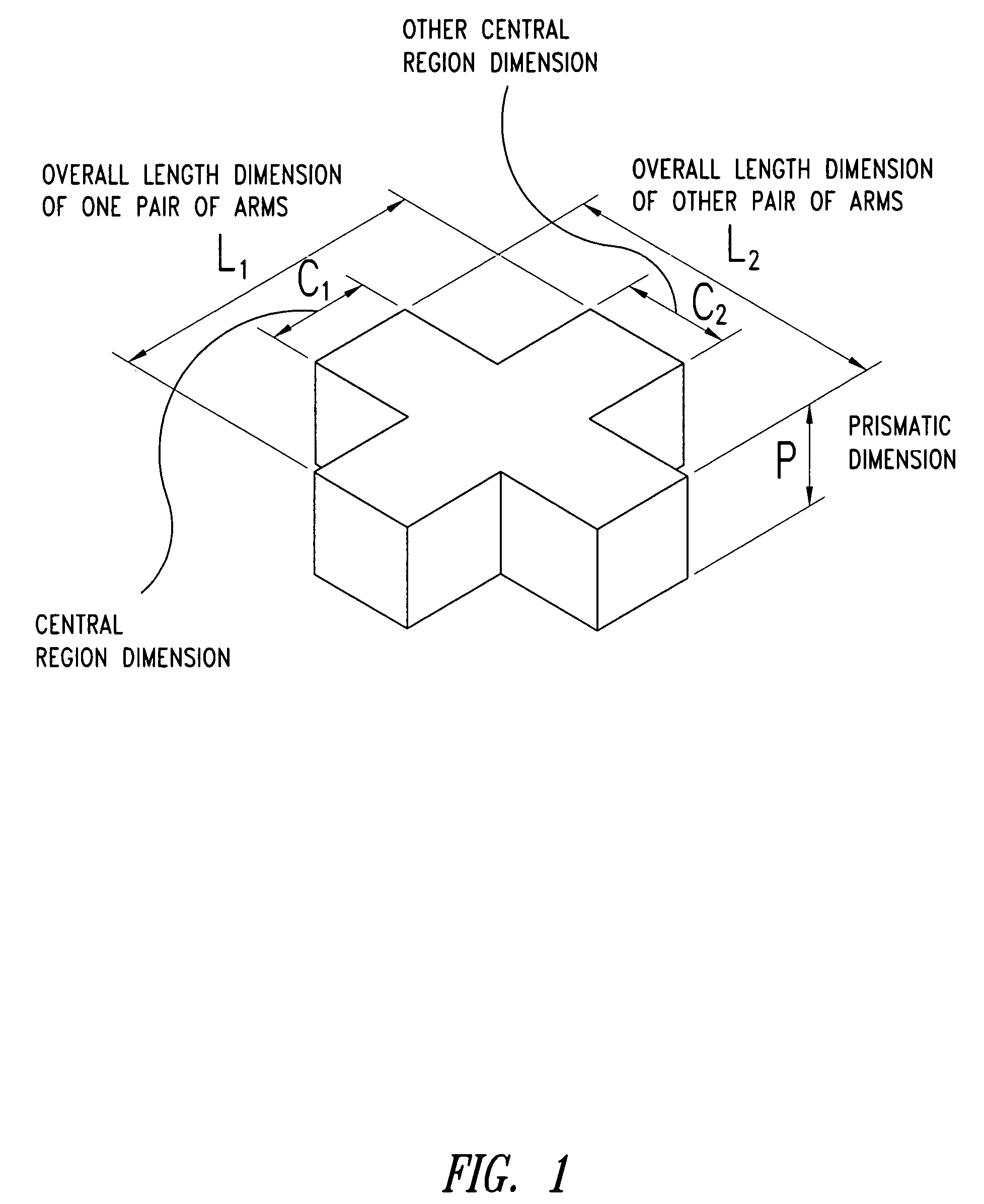Bone void filler and method of manufacture
a technology of bone voids and fillers, applied in the field of bone void fillers, can solve the problems of natural bone not being able to bridge or fill the defect or gap, and the fractures and defects of bone can be difficult to heal,
- Summary
- Abstract
- Description
- Claims
- Application Information
AI Technical Summary
Benefits of technology
Problems solved by technology
Method used
Image
Examples
example 1
[0115]The bone void filler (BVF) of the instant invention is comprised of many medium sized pores with a lower frequency of large void spaces (See FIG. 8). The bone void filler is sponge-like with many medium size pores. This is in contrast to some granular fillers (i.e., Vitoss) has a porous web-like network that have many large void spaces (See FIG. 9).
[0116]The frequency of pores and pore distribution is evident in FIG. 36. Using mercury porosimetry the pore distribution was estimated. The bone void filler scaffolds of the instant invention (lower curve) have a high frequency of small pores with majority distribution falling between 5-80 microns. The prior art bone void filler scaffolds (higher curve) has a bimodal distribution with peaks at less than 10 microns and at 250 microns.
[0117]From SEM images such as shown in FIGS. 8 and 9, the pore area, pore diameter and porosity can also be estimated.
[0118]
Pore Area and PorosityDeviceTotalMeanMin*MaxPore Area (μm2)BVF7.2 × 105 ± 6.6 ...
example 2
[0126]Bone void filler pieces as already described were manufactured by three-dimensional printing. The powder that was spread was a mixture of spray-dried lactose (Pharmatose, The Netherlands) as a porogen and a ceramic powder.
[0127]The ceramic powder, which comprised precursors to the desired ceramic, was a mixture of hydroxyapatite and dicalcium phosphate and other calcium phosphates. It had the composition approximately 79.9% hydroxyapatite, 20.1% dicalcium phosphate (by weight). It was obtained from Cosmocel S. A., Monterrey, Nuevo Leon, Mexico. The mean powder particle size was between 5 and 8 micrometers, with the majority being below 10 micrometers.
[0128]The proportion of porogen to ceramic was 60% ceramic and 40% porogen by weight, although this can be varied. It has been found that this ceramic-plus-lactose powder was easier to spread with a roller than was the same powder without lactose.
[0129]Layers were spread in a layer thickness of approximately 400 micrometers.
[0130]...
PUM
| Property | Measurement | Unit |
|---|---|---|
| laminar depth | aaaaa | aaaaa |
| length | aaaaa | aaaaa |
| length | aaaaa | aaaaa |
Abstract
Description
Claims
Application Information
 Login to View More
Login to View More - R&D
- Intellectual Property
- Life Sciences
- Materials
- Tech Scout
- Unparalleled Data Quality
- Higher Quality Content
- 60% Fewer Hallucinations
Browse by: Latest US Patents, China's latest patents, Technical Efficacy Thesaurus, Application Domain, Technology Topic, Popular Technical Reports.
© 2025 PatSnap. All rights reserved.Legal|Privacy policy|Modern Slavery Act Transparency Statement|Sitemap|About US| Contact US: help@patsnap.com



